FTC: "One Trick for a Tiny Belly" Ads are a Scam
Submitted by Anne Landman on
 Internet users can't avoid those obnoxious, animated ads showing a cartoon woman with a flabby belly that shrinks, and then gets flabby again, over and over. The ad urges people to click to get "1 weird old tip" to help lose weight. The Federal Trade Commission (FTC) says the ads are really a three-part scam: First, people click on the ads and get taken to websites with names like "ConsumerOnlineTips.com" or "WeeklyHealthNews.com," that appear to be about dieting or health news. Next, those sites show an attractive TV reporter discussing the benefits of incorporating specific products made from berries, fruits or hormones, into the diet. The sites carry positive information about the products, supposedly from credible news sources like CNN, USA Today or ABC, and include brief "reader comments" extolling the virtues of the product. Those sites link to another site where people can order a "trial sample" of the featured product. But people who order the free sample find out later that they have actually agreed to pay $79.99 for an additional shipment of the product two weeks later, and another $79.99 for a shipment six weeks later, and so on until they cancel -- which apparently isn't easy. According to the FTC, the sites are a scheme to grab consumers' credit card information and pile on additional, unapproved charges. The ads have led to thousands of complaints of unauthorized charges. The FTC has filed multiple lawsuits against the people and companies behind the ads.
Internet users can't avoid those obnoxious, animated ads showing a cartoon woman with a flabby belly that shrinks, and then gets flabby again, over and over. The ad urges people to click to get "1 weird old tip" to help lose weight. The Federal Trade Commission (FTC) says the ads are really a three-part scam: First, people click on the ads and get taken to websites with names like "ConsumerOnlineTips.com" or "WeeklyHealthNews.com," that appear to be about dieting or health news. Next, those sites show an attractive TV reporter discussing the benefits of incorporating specific products made from berries, fruits or hormones, into the diet. The sites carry positive information about the products, supposedly from credible news sources like CNN, USA Today or ABC, and include brief "reader comments" extolling the virtues of the product. Those sites link to another site where people can order a "trial sample" of the featured product. But people who order the free sample find out later that they have actually agreed to pay $79.99 for an additional shipment of the product two weeks later, and another $79.99 for a shipment six weeks later, and so on until they cancel -- which apparently isn't easy. According to the FTC, the sites are a scheme to grab consumers' credit card information and pile on additional, unapproved charges. The ads have led to thousands of complaints of unauthorized charges. The FTC has filed multiple lawsuits against the people and companies behind the ads.

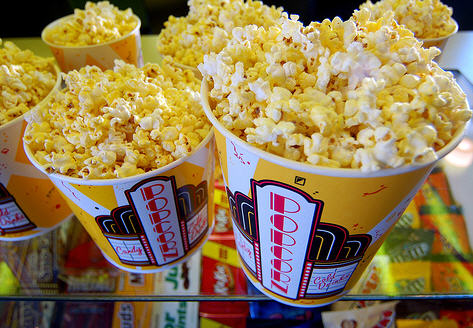 The
The 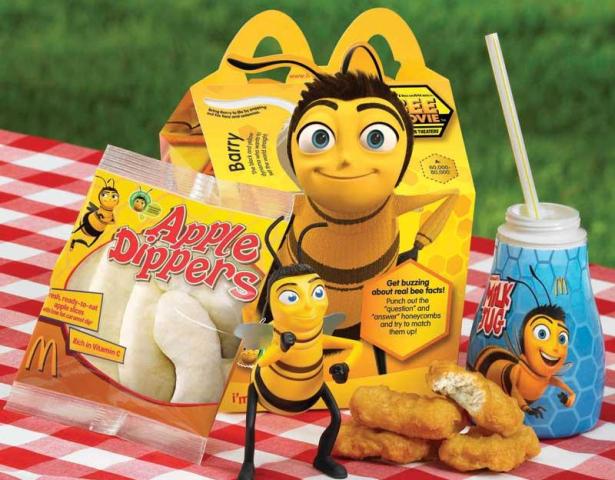 A little-known bill making its way through Arizona's legislature would make it illegal for local governments to restrict the use of toy giveaways to promote fast-food, like McDonalds' Happy Meals. Fast-food companies are behind the measure, HB 2490, which was approved in Arizona's House Commerce Committee by a vote of 6-2. Now it is headed for a full vote in the House. The Arizona Restaurant Association, which lobbies for fast food interests, is backing the bill. San Francisco recently passed a measure restricing such toy giveaways, but the law doesn't ban "Happy Meals." Rather, it prevents restaurants from using toys to attract children to meals that have particularly low nutritional value and excessive amounts of fat or sugar. Arizona recently ranked among the top
A little-known bill making its way through Arizona's legislature would make it illegal for local governments to restrict the use of toy giveaways to promote fast-food, like McDonalds' Happy Meals. Fast-food companies are behind the measure, HB 2490, which was approved in Arizona's House Commerce Committee by a vote of 6-2. Now it is headed for a full vote in the House. The Arizona Restaurant Association, which lobbies for fast food interests, is backing the bill. San Francisco recently passed a measure restricing such toy giveaways, but the law doesn't ban "Happy Meals." Rather, it prevents restaurants from using toys to attract children to meals that have particularly low nutritional value and excessive amounts of fat or sugar. Arizona recently ranked among the top 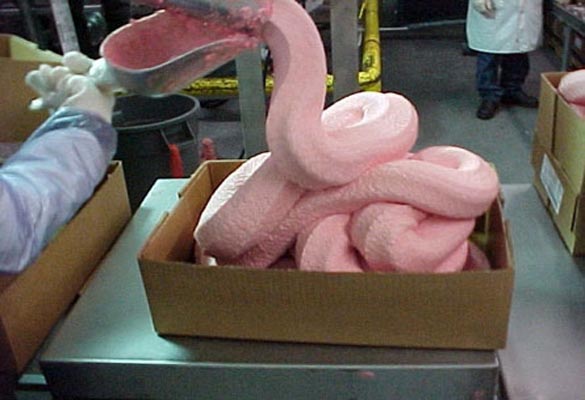 First, a weird photo of
First, a weird photo of 
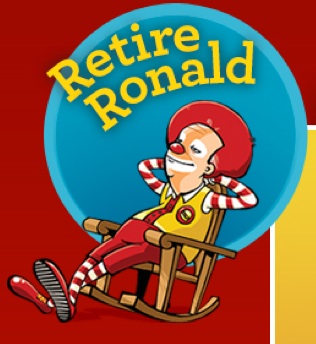
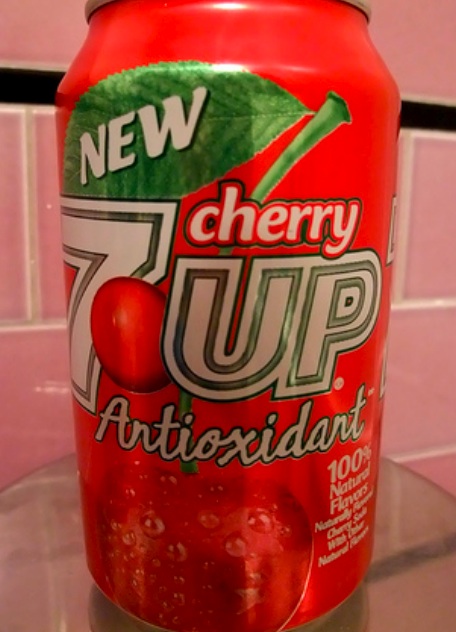 As state and local governments consider taxing soda and sugary drinks to raise money and address the national
As state and local governments consider taxing soda and sugary drinks to raise money and address the national 